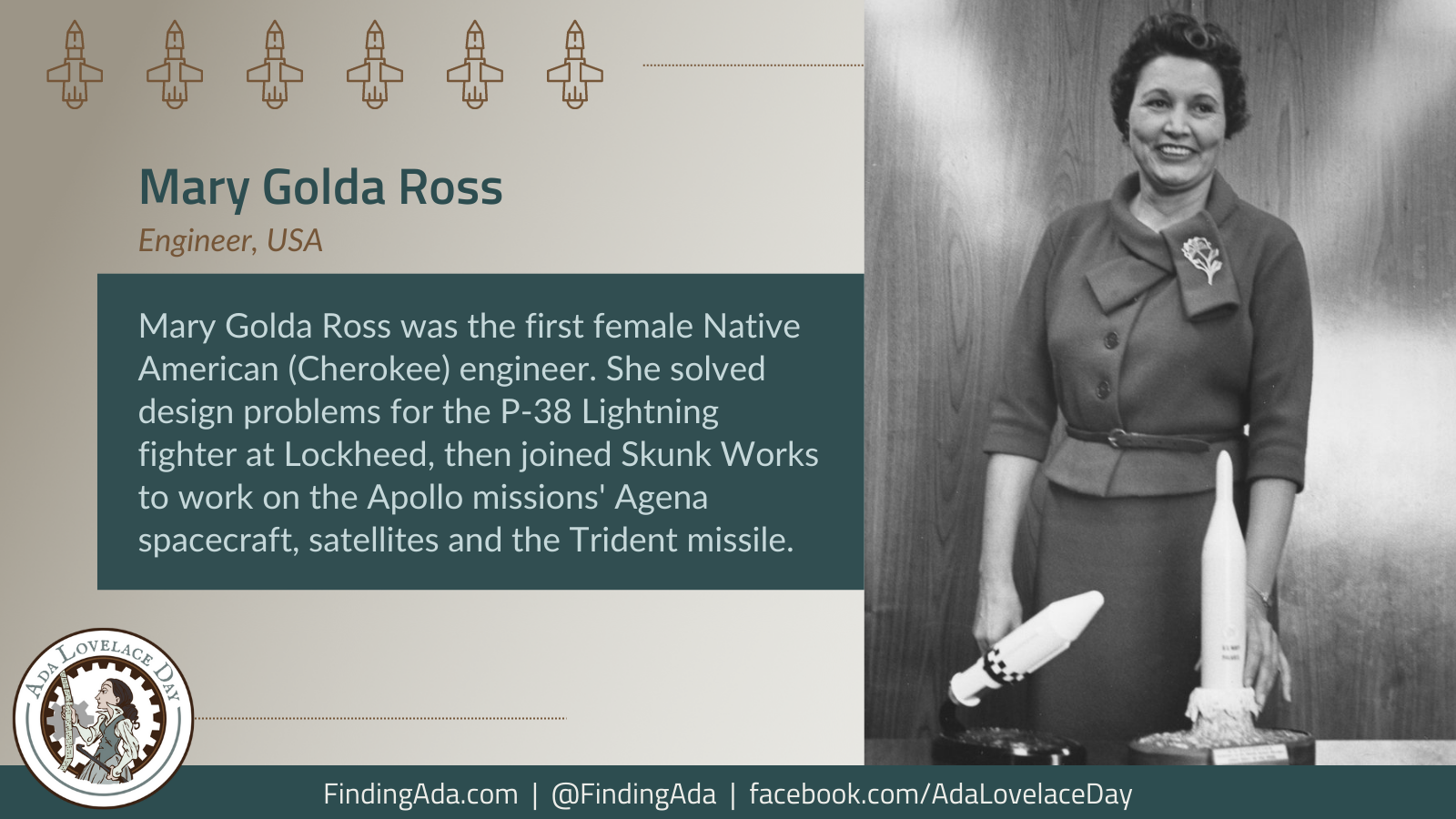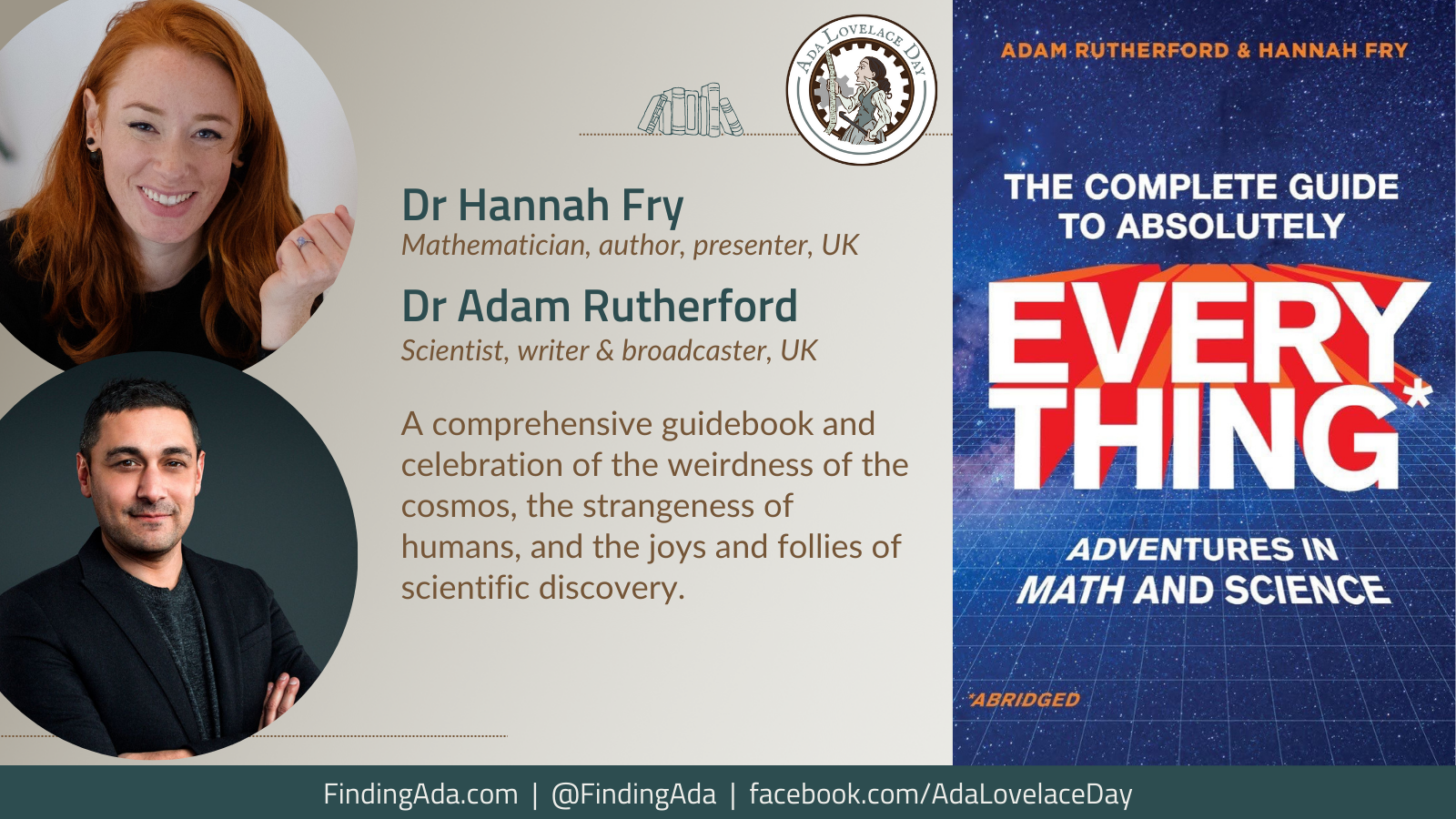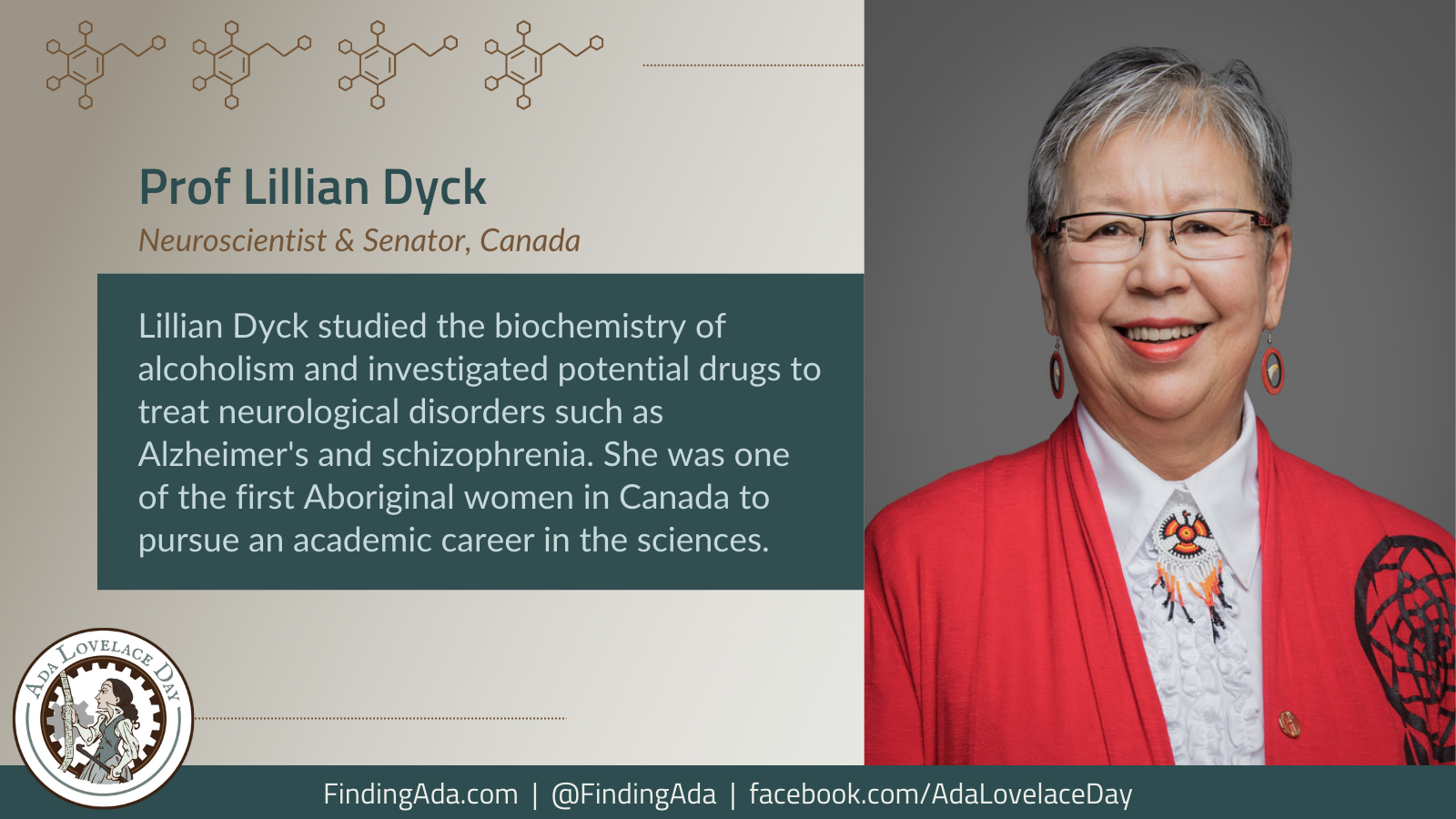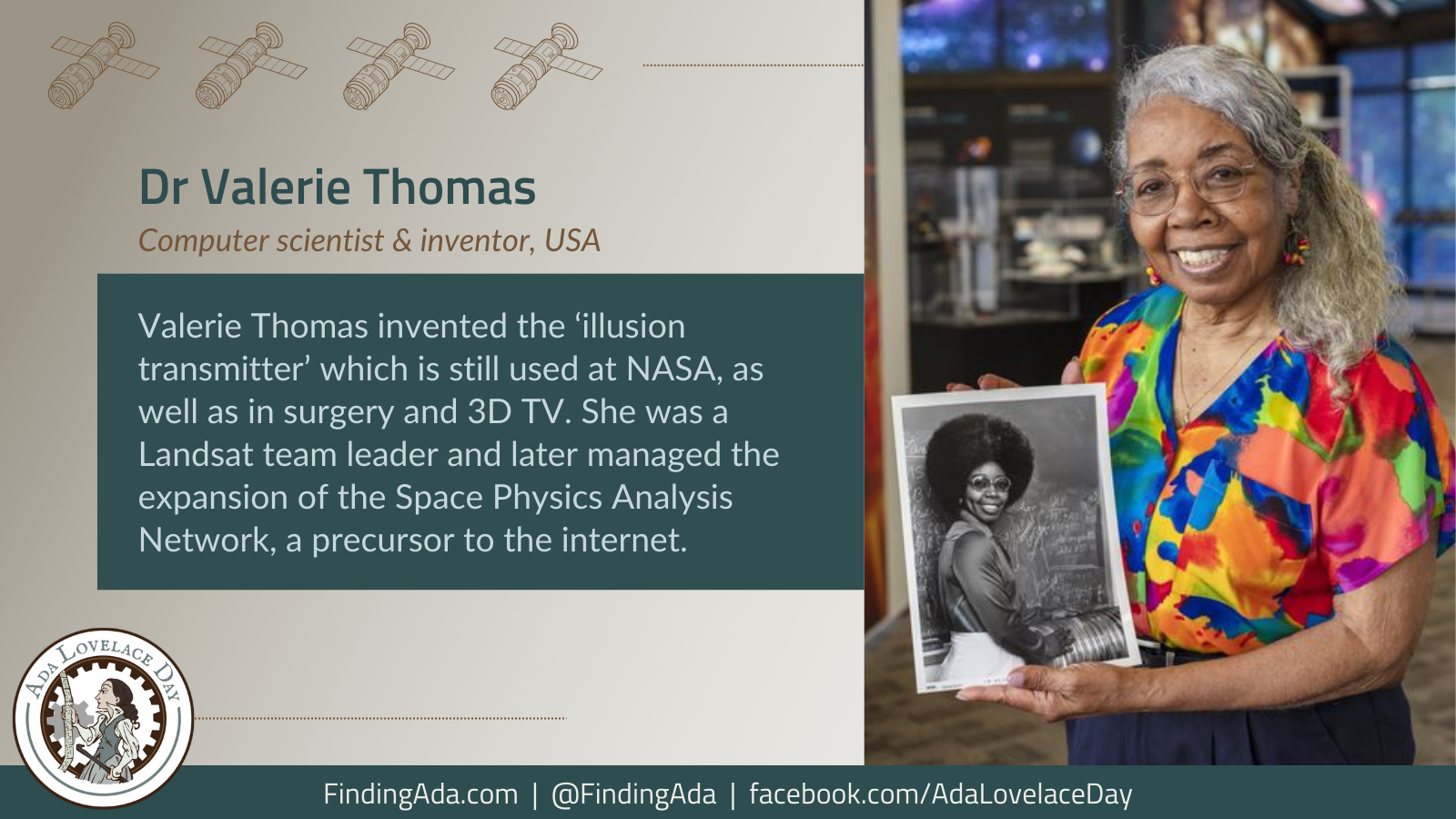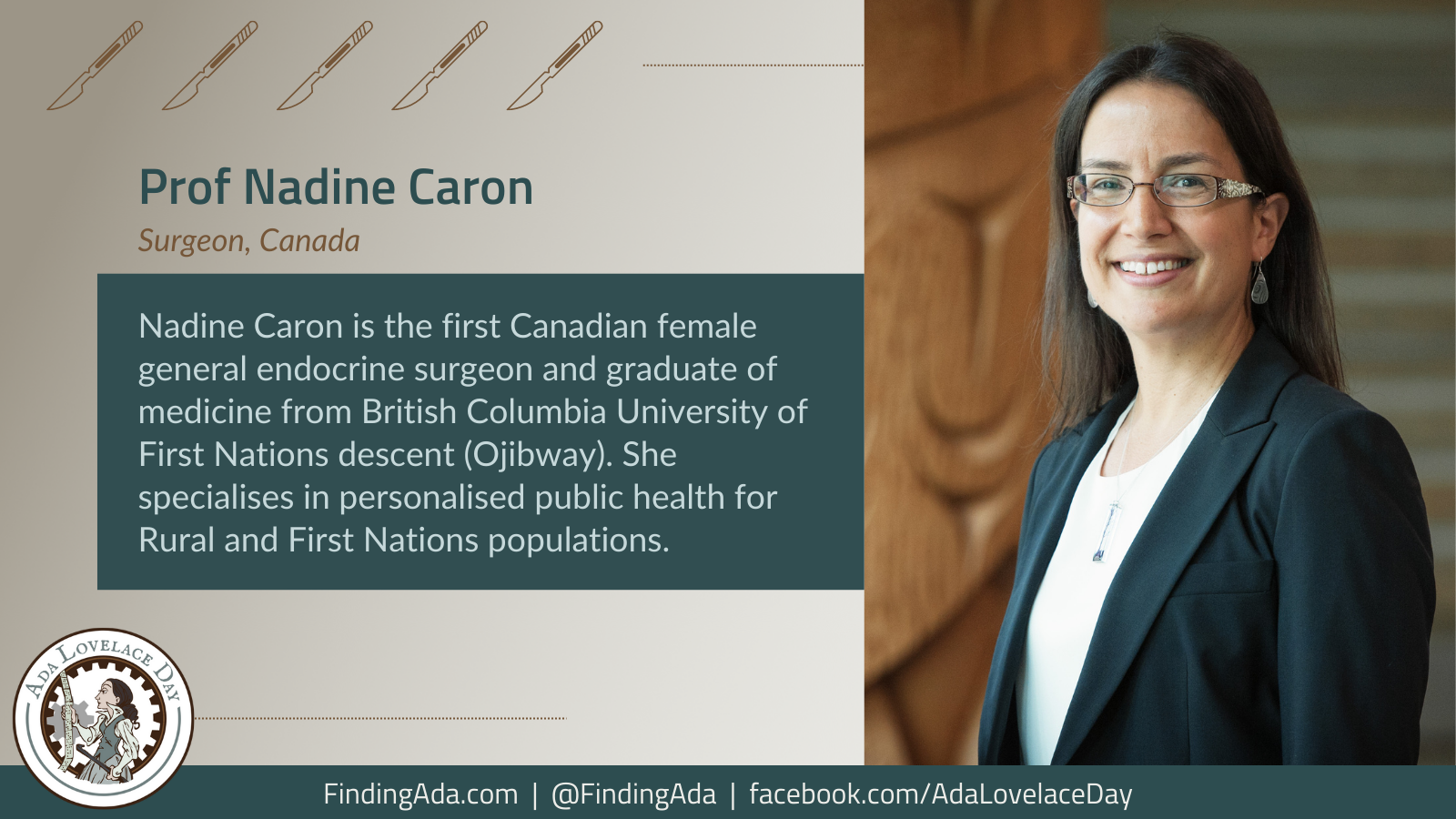
Professor Nadine Caron
Nadine Caron, born in British Columbia in 1970, is a General and Endocrine surgeon in Canada of First Nations descent (Ojibway). She currently works at Prince George Regional Hospital and also as an Associate Professor in the Department of Surgery at University of Northern British Columbia (UNBC). She is Co-Director of UBC’s Centre for Excellence in Indigenous Health, which she helped to establish.
Caron obtained a BSc in Kinesiology at Simon Fraser University, where she was the top undergraduate student, winning the Shrum Gold Medal. She went on to complete her MD at the University of British Columbia Faculty of Medicine, the first woman of First Nations descent to graduate there, and was also ranked as the top student. Additionally, Caron completed an MA in Public Health at Harvard and a postgraduate fellowship on endocrine surgical oncology at the University of California. She is also the recipient a Doctorate of Laws and an honorary degree.
She is an advocate for improving quality healthcare available to First Nations communities, and leads the Northern Biobank Project, which investigates genetic factors in diseases from tissue samples from rural and remote people in this community. She was also appointed as the First Nations Health Authority Chair (FNHA) in Cancer and Wellness to ensure that Indigenous people have better outcomes from cancer treatment.
Caron has been recognised with several awards for her work in diversity and inclusion, including the Canadian Cancer Society’s Inclusive Excellence Prize and the Dr Thomas Dignan Indigenous Health Award.
Further Reading
- Nadine Caron, Wikipedia
- Caron, Dr. Nadine, UNBC
- Nadine Caron Breaking Barrier Surgeon, Women in STEM
- Indigenous women in STEM, Canadian Geographic Education
- Meet Dr. Nadine Caron, Canada’s first female First Nations surgeon, CBC Radio, 26 July 2016
- Barrier-breaking Indigenous MD Nadine Caron to receive honorary degree from UFV, Anne Russell, UFV Today, 1 June 2017
- The Other Side of “Being First”, Dr Nadine Caron, TEDxUNBC, 13 December 2017
- Dr. Nadine Caron named founding First Nations Health Authority Chair in Cancer and Wellness at UBC, First Nations Health Authority, 6 January 2020
- Canadian Cancer Society honours researchers for groundbreaking achievements and visionary leadership in cancer research, Canadian Cancer Society, 12 May 2021
- Inspirational Women in Surgery: Dr. Nadine R. Caron, Canada, Janice L. Pasieka, World Journal of Surgery, 4 October 2021
- Meet Dr. Nadine Caron, STEM to the Sky, 26 April 2022
